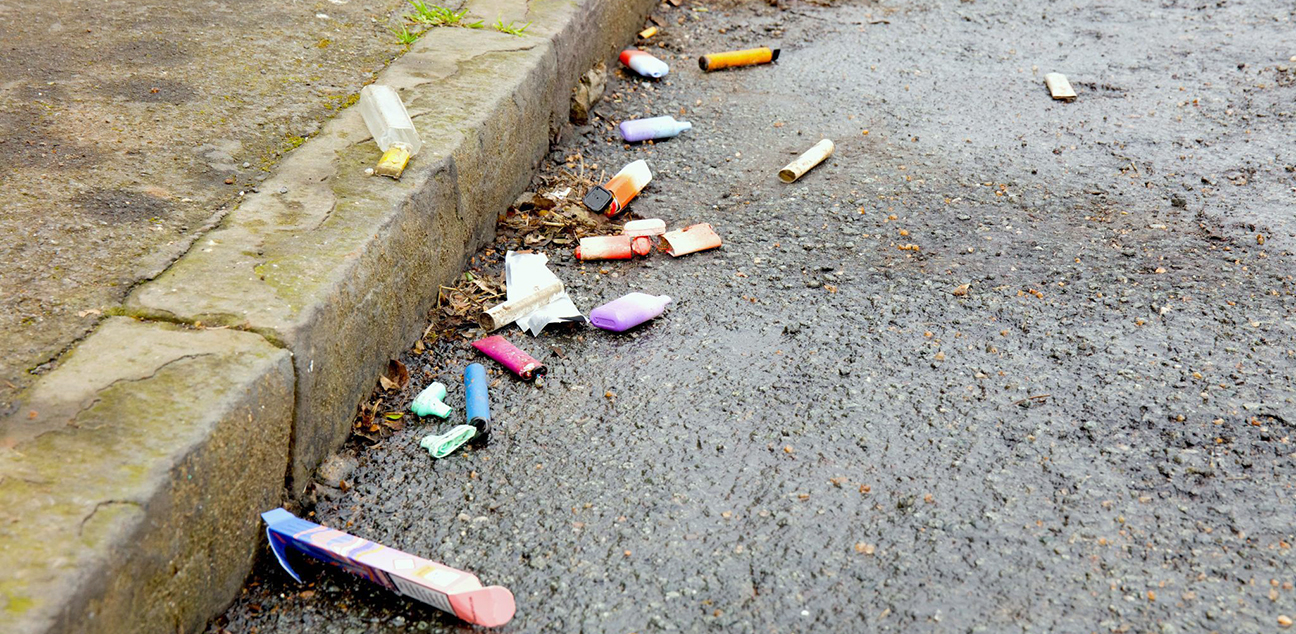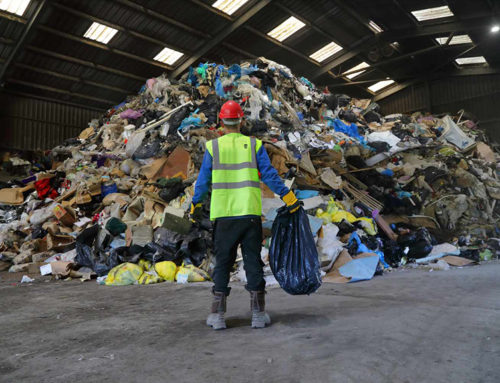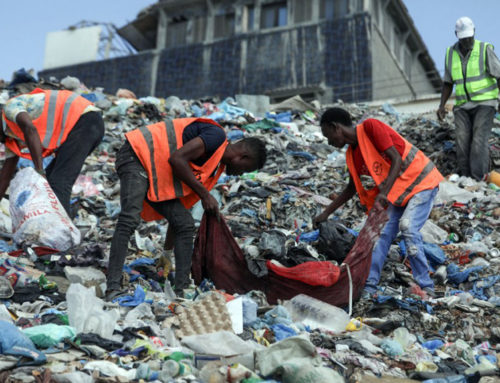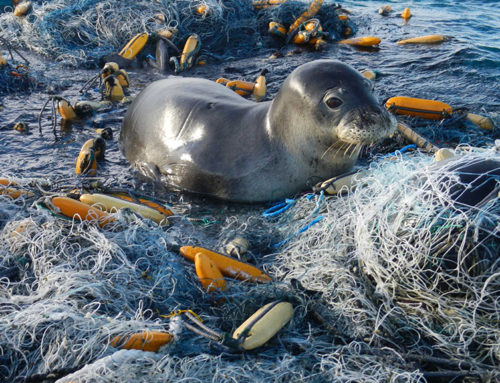In the race for fast cash, industries are recklessly churning out disposable electronic items, leaving an indelible mark on the environment and contributing to the ever-growing problem of plastic waste. From disposable vapes to countless chargers and a plethora of small electronic devices, this “invisible” e-waste is silently accumulating and undermining the future of our planet.
This unrelenting production of non-recyclable consumer electronics not only endangers our environment but also robs supply chains of valuable materials. Recent analysis has shed light on the sheer volume of small electronic items often overlooked as e-waste, and the figures are staggering.
The Weight of a Silent Menace
Every year, the world discards disposable vapes, toys, and tangles of cables, among other small consumer electronics, equivalent to a staggering 9 million metric tons. To put this into perspective, that’s roughly the weight of three Brooklyn Bridges or half a million dump trucks filled with electric toothbrushes, holiday sweaters adorned with LEDs, drones, and various small electronics. If these trucks were lined up bumper to bumper, they would span the distance from Nairobi to Rome.
However, the grave issue lies in the haphazard disposal of these items, which often contain hazardous materials such as lead and mercury. When these items end up in landfills, there’s a risk that these toxic substances could leach into the soil and water, posing a significant environmental threat. Hoarding these devices at home is far from an ideal solution, as they could serve a valuable purpose if recycled.
The Missed Opportunities of Recycling
The failure to recycle these “invisible” electronics comes at a high cost. In 2019 alone, it accounted for a loss of approximately $9.5 billion in materials, primarily comprising iron, copper, and gold. Copper-laden cables discarded that year could have encircled the globe 107 times. Demand for copper, a crucial resource for renewable energy, electric vehicles, and more, is poised to surge in the coming decade.
Additionally, the disposal of rechargeable devices, like vapes, represents a squandering of lithium, a vital battery mineral that will play a pivotal role in transitioning to cleaner energy and transportation. Millions of electronic cigarettes are tossed away every week, constituting a matter of grave concern for environmental advocates.

A Global Crisis and a European Solution
The situation is dire, but the problem is not uniform across the globe. In Europe, around 55 percent of e-waste is collected, largely due to stringent laws that hold manufacturers responsible for managing the waste their products generate. Unfortunately, many other parts of the world lack such Extended Producer Responsibility (EPR) laws and the necessary recycling infrastructure for responsible disposal and resource recovery.
Globally, only 17 percent of e-waste is collected, highlighting the urgency of addressing this issue on a global scale. If we fail to act swiftly, the environmental repercussions of “invisible” e-waste could be catastrophic.
In conclusion, the proliferation of “invisible” e-waste, driven by a throwaway culture and relentless consumer demand for the latest gadgets, poses a grave threat to the environment. The hazards of not recycling these small electronics extend beyond the immediate environmental impact, with massive financial losses and potential resource scarcity on the horizon.






